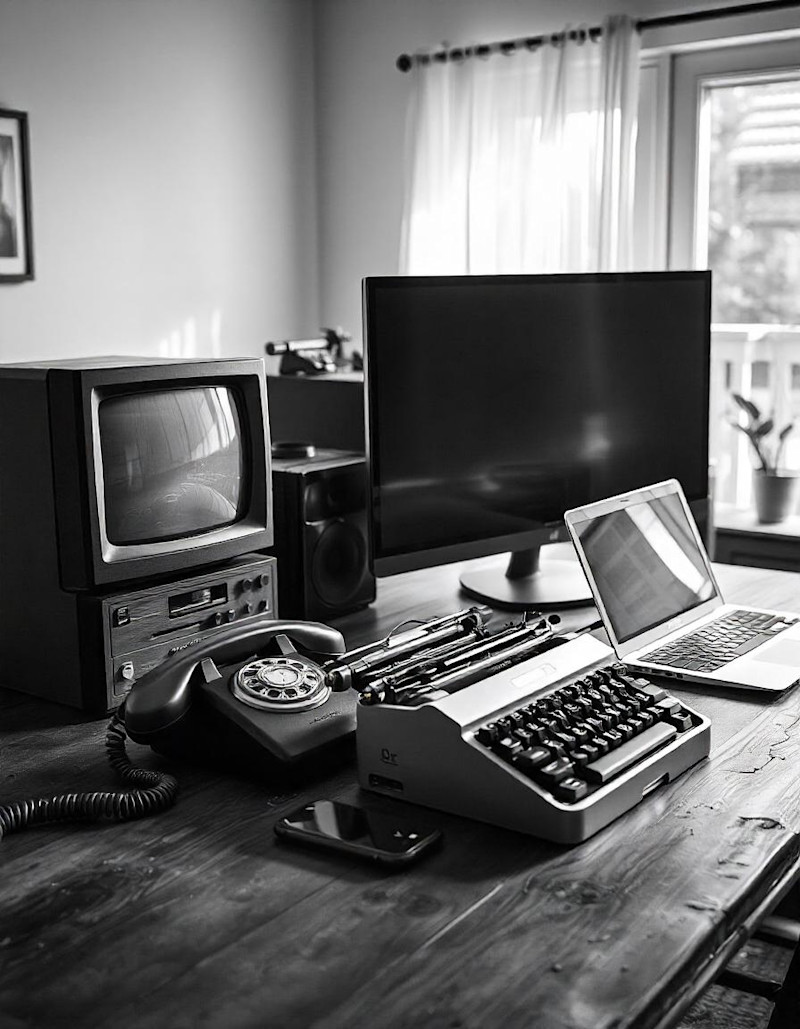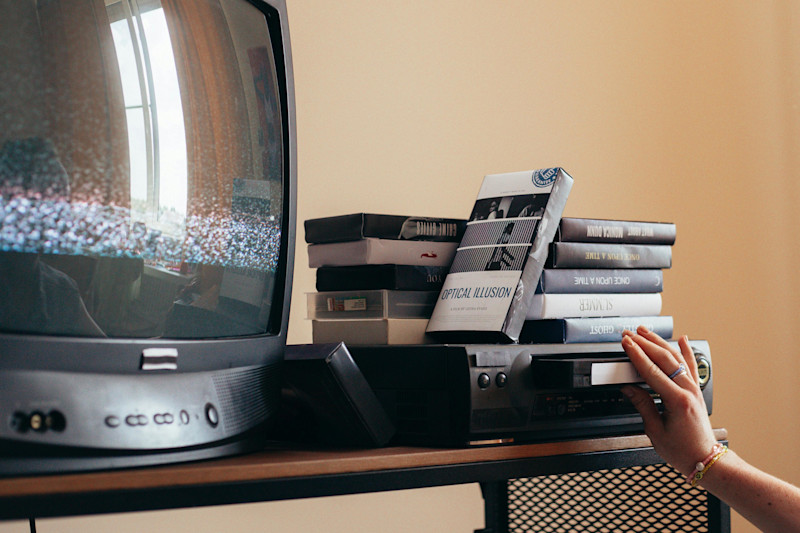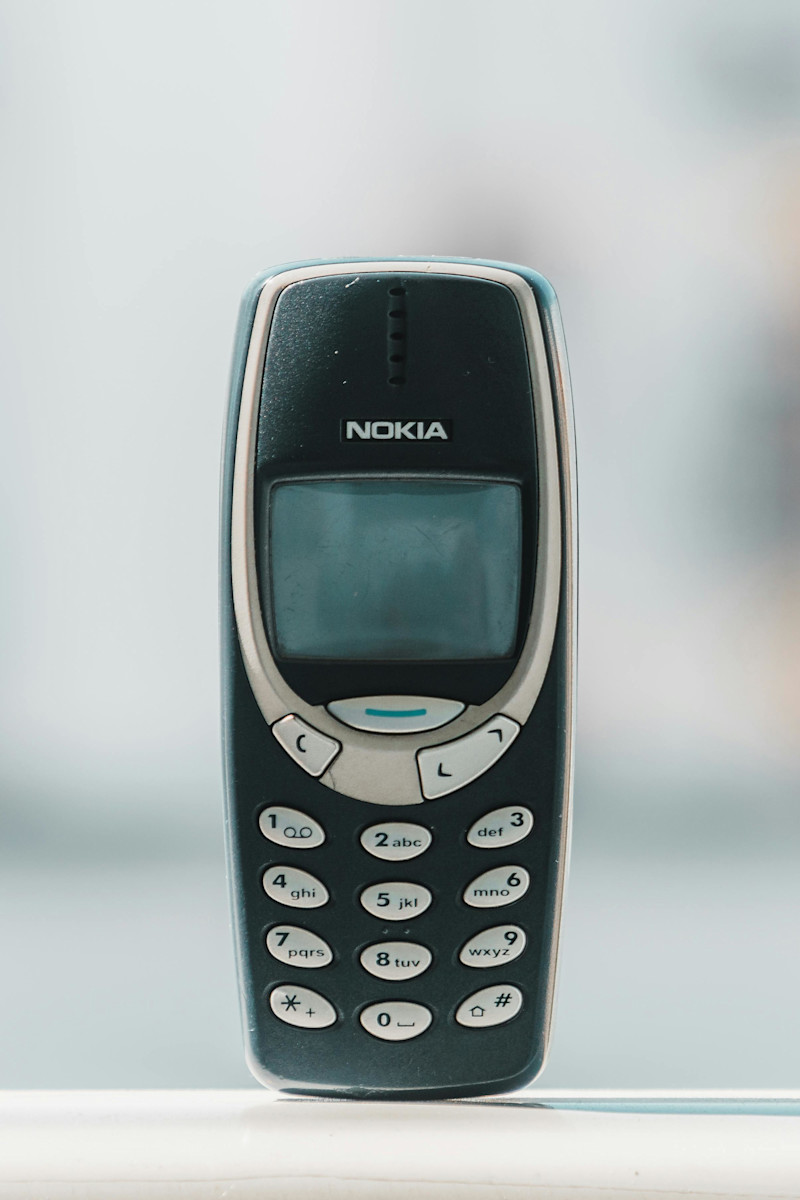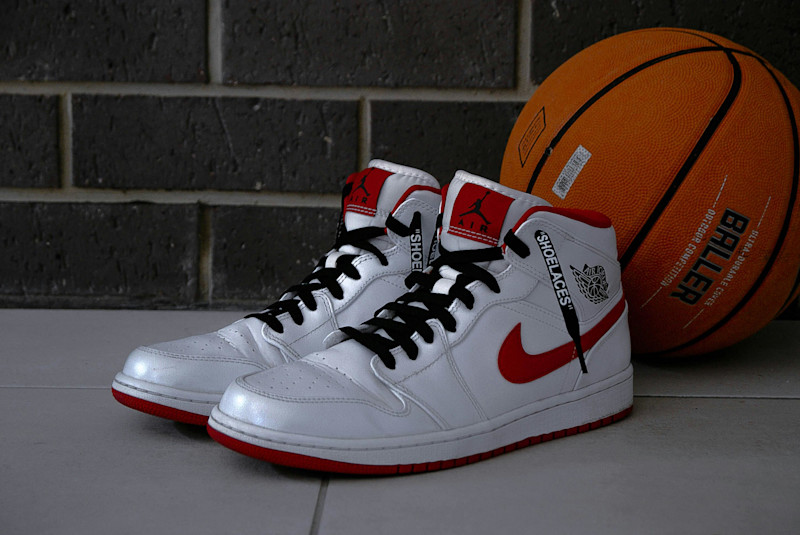
From the evolution of the indestructible Nokia 3310 to the cutting-edge technology and sleek design of the iPhone 15 Pro, the digital age calls for companies to constantly reinvent themselves in order to stay relevant to the modern consumer
Reminiscing on the good old days, you might recall when your biggest issue was beating your high score on Snake -the Nokia mobile game for those of you wondering- or when heading down to Blockbuster to rent out the latest movie was a Saturday night ritual. However, have you ever stopped to think about what happened to some of these brands? While these names have been replaced with the likes of Netflix, Apple, and Samsung, why have other brands such as LEGO survived?
At Katch International, we’re always eager to see our client’s brand succeed, whether that be through influencer engagement, a total rebranding, or increased awareness. At the heart of everything we do is the needs and preferences of the specific audience, something which is constantly changing with the emergence of the latest online trends and technologies. With this in mind, let's take a stroll down memory lane as we honour some of the triumphs of world-renowned brands and the downfall of their nostalgic counterparts.
How Digital Streaming Took Down Video Rental
Over a decade later, the smell of fresh buttered popcorn still takes me black to the aisles of Blockbuster. Adorned with bright blue carpets and shelves stacked with the latest releases, the iconic video rental store chain was a staple for movie lovers in the late 90s and early 00s. Whether it was the novelty of selecting your films in a store or the rush of closely dodging late fees, there was something magical about the whole experience.

Despite its dominance in the video rental market in its heyday, Blockbuster was slow to recognise the potential of online rental and streaming. Its reliance on late fees as a significant revenue source made it hesitant to adopt a no-late-fee model, which was one of the early appeals of Netflix – that’s right, Netflix started in the video rental business too. In fact, Blockbuster was even presented with the opportunity to buy Netflix at one point but decided against it.
Founded by Reed Hastings and Marc Randolph in 1997, Netflix made its debut as a DVD rental service, offering a novel, no-late-fee model that was a direct challenge to Blockbuster's revenue strategy. Netflix's deal-breaking decision came in 2007 with the introduction of streaming, a move that capitalised on the growing accessibility of high-speed internet, completely crushing the competition.
Blockbuster's failure to adapt to the changing market and consumer preferences was the key to its downfall. Its investment in physical stores became completely redundant as viewers switched to online streaming. Additionally, Blockbuster's move into the online market was late to the party, missing out on the audience that Netflix had already won. The popularity of online streaming continued to grow in popularity, with platforms like Disney+, Amazon Prime, Apple TV, and more taking over screens.
As of today, one Blockbuster remains. Locally known as The Last Blockbuster, the store is situated in Bend, Oregon, and became the last brand store in 2020. A relic of the bygone era, the store has since become a popular destination and even appeared in an episode of South Park. The store also featured in its very own documentary, The Last Blockbuster, which ironically, was released for sale and rent on DVD and VHS, as well as for streaming on Netflix.
The Smartphone Revolution
From being one of the world’s most beloved mobile phone providers to a distant memory, Nokia’s demise was one of the biggest flops of the early 2010s. Once a household name, most of Gen Alpha won’t even remember life before smartphones nor could they ever wrap their heads around the primitive keyboards. Similarly, BlackBerry, once the go-to device for professionals and trendsetters alike, has faded into obscurity, leaving only a distant echo of its classic clicky keyboards and trackballs in the annals of mobile history.
Revolutionary for its time, Nokia was once the undisputed king of the cell phone game. Amongst many technological breakthroughs, the brand launched the Nokia 7650, as the first phone to feature a built-in camera in 2001. However, fast-forward twelve years, and the brand’s fortunes had taken a dramatic turn. During the press conference announcing Nokia's acquisition by Microsoft, the CEO concluded his speech with the words, “We didn’t do anything wrong, but somehow, we lost.”
When mobile phone manufacturers were busy working on the next big thing – smartphones, Nokia remained stubborn, blind-sighted by its popularity at the time. Samsung soon launched its Android-based range of phones, an alternative to OG brick phones that were cost-effective and user-friendly.

Nokia never saw Android as the future and stuck to its guns, refusing to jump on the Android trend. By the time they introduced their Symbian operating system, the smartphone game had already changed, with Apple and Samsung dominating the field. Unfortunately, Symbian just couldn’t keep up, and Nokia found itself playing catch-up in a race that had already been won – ttyl </3 miss u 4ever!
As to where they are now, Nokia still makes phones, though Nokia itself doesn't directly manufacture the phones anymore. HMD Global, a company founded by former Nokia employees, holds the license to the Nokia brand and currently produces Nokia phones. Blackberry, on the other hand, took a completely different path. After announcing that their infrastructure, was being decommissioned in 2022, Blackberry began developing vehicle software, stepping away from smartphones and towards new horizons.
Staying Relevant: It’s Child’s Play
Switching gears, let’s take a look at a more positive story, the longevity of the legendary brand LEGO. From the chunky LEGO Duplo pieces and the whimsical scenes of LEGO City to the intricate LEGO Star Wars, this timeless toy brand evokes feelings of nostalgia and wonder in every generation it has touched – unless of course, you step on it. Inspiring creativity and imagination in children and adults alike since its inception in 1932, the company’s signature interlocking bricks have become a global phenomenon, transcending cultural and generational nuances.
Therefore, it might come as a surprise to you that in the early noughties, LEGO grappled with several issues that put its brand at risk. With declining sales, growing competition from digital entertainment, and a loss of brand focus the company was left struggling to go on. One lightbulb moment for the brand was the realisation that LEGO had drifted too far from its core product - the colourful stackable bricks. The company also revisited classic themes, such as City, Castle, and Space while tapping into new markets like India and China.

LEGO has since created an extensive online presence through social media platforms, directly engaging with fans and customers. The brand even went as far as the world of film, with its first release, The Lego Movie, in 2014. With the help of voices like Will Ferrell and Morgan Freeman, the venture was a huge hit amongst fans, grossing $468.1 million worldwide – ‘Everything is Awesome!!!’ The movie captivated audiences across the world, bringing the boundless creativity and imagination of LEGO to the big screen.
Another notable brand that has withstood the test of time is the world-famous fast-food chain McDonald’s. Founded in 1940, the restaurant chain has continuously evolved to meet the changing needs of its customers offering everything from drive-thru lanes and mobile ordering to delivery services. This emphasis on convenience has made McDonald's the largest restaurant chain in the world, with over 70 million people eating there every day.
In the world of fashion, Nike stands out as a brand that is not afraid to embrace emerging trends, whether that’s through collaborations with athletes, designers, or artists, the brand always delivers innovative products and campaigns. Nike’s ability to stay relevant comes from its knack for blending cutting-edge technology with cultural moments, creating not just sportswear, but icons. From the classic Air Jordans to the latest in sustainable fashion, Nike has mastered the art of reinvention.

It’s bittersweet to see some of these brands fade out, however, their stories remind us of the importance of staying ahead in the modern world. While brands like LEGO, McDonald’s, and Nike transcend generations, their success highlights the need to constantly evolve and reinvent as a brand.
The digital age brings with it a sense of brevity, where new trends are constantly replacing old ones and people are always looking for the next ‘in’ thing. That being said, maybe some of the most successful brands are that of the simplest, rendering them timeless.
For more related updates and to Katch us covering similar topics, watch this space!
Katch our game-changing PR and Communications, Social Media, Branding and Design, Brand Consultancy, Digital Marketing, and Global Communications services to help your brand make noise. Get in touch with our 360-Marketing agency in Dubai, Qatar, Saudi Arabia, and London, and let’s get the conversation started!
